High Purity Peruvian Powder (Research Chemical): A Comprehensive Overview
High purity Peruvian powder, a substance often linked to the research chemical industry, comes from the coca plant native to the Andes region of Peru. Researchers primarily use this powder in various scientific fields, such as pharmacology and chemistry. Unlike illicit substances, this powder serves research purposes under controlled laboratory conditions.
It is essential to note that the purity of the powder greatly influences its use in research. The higher the purity, the more reliable and accurate researchers’ results become. For this reason, scientists prioritize purity to avoid contamination and ensure the validity of their findings.
Furthermore, High Purity Peruvian powder shares similarities with compounds found in stimulant production. Researchers, however, handle it carefully and adhere strictly to safety protocols. Ethical and legal concerns govern the handling of such substances in scientific studies.
High purity Peruvian Powder
Researchers typically restrict access to High Purity Peruvian powder to certified professionals. Authorized personnel working in accredited research institutions generally conduct studies. These professionals explore the substance’s potential to treat neurological conditions, such as cognitive enhancement and mood disorders.
In conclusion, while High Purity Peruvian powder holds significant promise for research, its strict regulation ensures safe and ethical usage. By conducting responsible studies, the scientific community can unlock its potential while adhering to safety standards.
Components of Peruvian Cocaine (for Educational Purposes)
-
Cocaine Alkaloid: Cocaine, the primary active ingredient, comes from the leaves of the coca plant. It stimulates the nervous system by affecting neurotransmitter systems, especially dopamine.
-
Coca Paste: The intermediate product of processing coca leaves with solvents, coca paste contains the alkaloid in a less refined form. Manufacturers refine it further to produce cocaine hydrochloride.
-
Cocaine Hydrochloride: This refined form of cocaine appears as a white, odorless crystalline powder. It dissolves easily in water and is the most commonly used form for its stimulant effects.
-
Levamisole: Dealers often add levamisole, a veterinary drug, to illicit cocaine to increase the product’s volume. However, it can cause severe health issues for consumers.
-
Inert Fillers (such as starch, talcum powder, or baking soda): Dealers frequently mix these substances into cocaine to dilute it, boosting profits. Although they lack pharmacological effects, they can cause harm when consumed.
-
Methylsulfonylmethane (MSM): MSM, an organic sulfur compound, sometimes serves as a cutting agent. Dealers use it to mimic the texture of cocaine, enhancing the drug’s appearance.
-
Other cutting agents: Dealers may add substances like caffeine or synthetic stimulants to mimic cocaine’s effects. These additions can pose significant health risks when consumed in combination with the drug.
Conclusion: Remember, the production and distribution of cocaine remain illegal and harmful. This content aims purely to educate, shedding light on the chemical makeup of Peruvian cocaine for academic purposes.


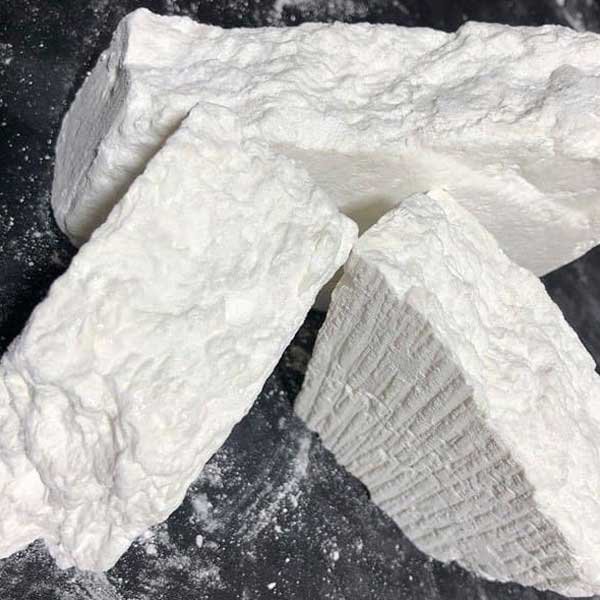

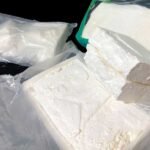


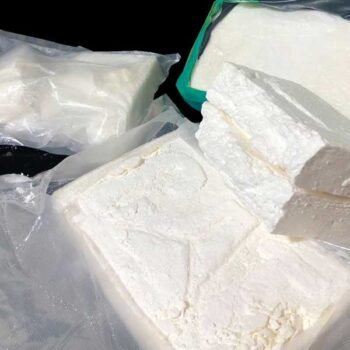
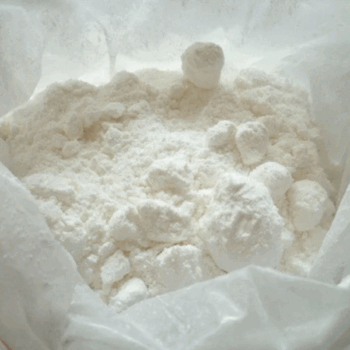
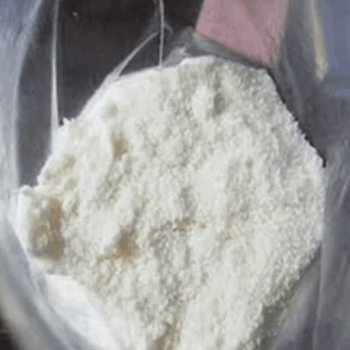









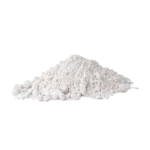
Reviews
There are no reviews yet.